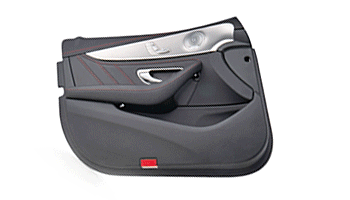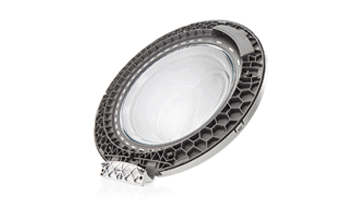SONOTRONIC GmbH
Becker-Goering-Str. 17-25
76307 Karlsbad, Germany
E-Mail: sales@sonotronic.de
Mon to Thu 8 am – 5 pm
Friday 8 am – 3 pm
Phone:
Ultrasonic riveting
Safe joining technology for plastics and dissimilar materials
Ultrasonic riveting is suitable for the positive joining of thermoplastics to each other or to non-plastics.
The main difference between ultrasonic welding and ultrasonic riveting is that riveting involves melt deformation and only one of the two joining partners is plasticized. This makes it possible to join all thermoplastics without polymer compatibility to each other or to non-plastics. As a result, the riveted joints are virtually gap- and play-free, since the cold riveting tool allows the fused rivet head to cool under pressure.
Although the cycle times for ultrasonic riveting are higher than for two-dimensional welding, several riveting operations can be performed simultaneously with one sonotrode. Like ultrasonic welding, ultrasonic riveting is also very efficient and at the same time energy-saving.
The technology is mainly used where fusion joints are not possible, metal parts are to be inserted into plastic housings or the joint is not visible later. For the automotive industry in particular, SONOTRONIC develops and manufactures standard and special machines for riveting interior trim or airbag parts. In addition, ultrasonic riveting is also successfully used in the manufacture of housings of all kinds, household goods, electronic consumer goods or toys.
Advantages
- Very fast process and cycle times
- Very good process control and reliability through monitoring of welding parameters
- Constant welding quality with optically perfect and stable as well as reproducible results
- Cold welding tools
- No warm-up or cool-down times of the machine
- No damage to the workpieces when stopping the machine
- Quick and easy changing of welding tools
Applications
- Automotive interior trim
- Airbag parts
- Production of all kinds of casings
- Household goods
- Electronic consumer goods
- Toys


